News Beat
News Beat reporting is an idrw.org initiative to let our Readers to report News Based on Actual facts but some how has not been reported in Main Stream Media .
SOURCE: RAUNAK KUNDE / NEWS BEAT / IDRW.ORG
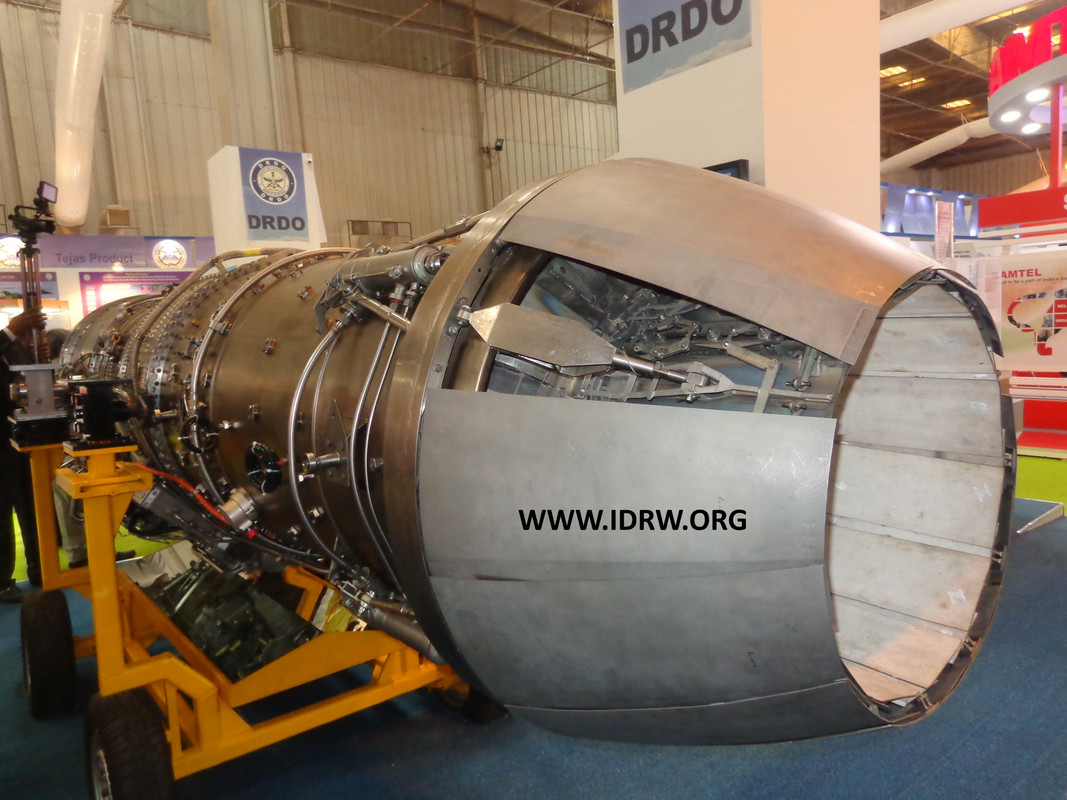
India’s long-standing ambition to develop a homegrown jet engine may soon see a significant milestone. The Gas Turbine Research Establishment (GTRE) is gearing up to demonstrate the indigenous Kaveri engine on an LCA-Tejas Trainer aircraft within the next three years. This demonstration is set to conclude nearly three decades of development on the Kaveri engine program and could offer a powerful alternative to the current engines powering the Tejas Mk1A.
The Kaveri engine program, initiated by the Defence Research and Development Organisation (DRDO) under GTRE, has faced numerous challenges and delays since its inception. However, recent advancements have brought renewed optimism. The target is to achieve an 81-83kN thrust during these demonstration flights, potentially making the Kaveri engine suitable for the second batch of Tejas Mk1A fighters.
Continue readingSOURCE: RAUNAK KUNDE / NEWS BEAT / IDRW.ORG

The Indian Army’s plans to bolster its armoured capabilities with the new Arjun Mk-1A Main Battle Tank (MBT) have hit a snag due to a shortage of engines. The state-of-the-art Mk-1A variant, designed for enhanced firepower, mobility, and survivability, was ordered in 2021 with an initial delivery expected in 2024.
The challenge lies in the supply of the German-made 1400 HP MTU MB 838 Ka-501 V10 diesel engine, a crucial component for the tank’s operation. This engine shortage has put Heavy Vehicles Factory (HVF) in Avadi, Chennai, in a difficult position.
Continue readingSOURCE: RAUNAK KUNDE / NEWS BEAT / IDRW.ORG
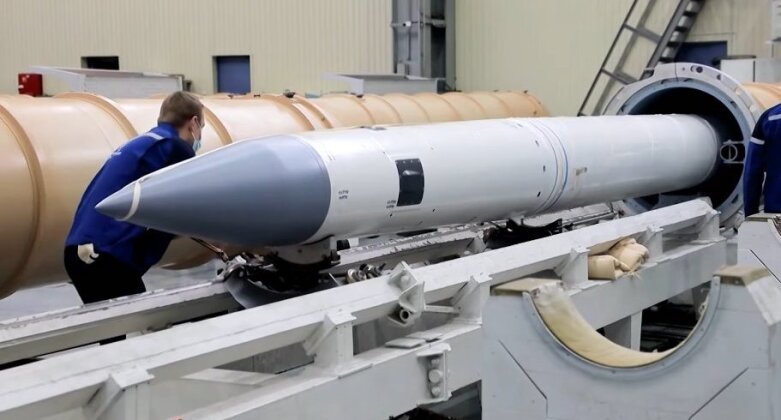
In a significant boost to India’s military capabilities, Russia is set to supply 120 long-range surface-to-air missiles, following Prime Minister Narendra Modi’s recent visit to Moscow. This advanced weaponry is expected to provide India with a substantial edge over its adversaries, particularly Pakistan.
The S-400 air defence system, equipped with the cutting-edge 40N6 interceptor missile, is capable of engaging a wide range of aerial threats, including high-speed, low-altitude targets. When integrated with India’s early warning aircraft, such as the AWACS, the system forms a formidable defensive shield.
Continue readingSOURCE: RAUNAK KUNDE / NEWS BEAT / IDRW.ORG

India’s indigenous defense manufacturing is set to witness a new chapter as Armoured Vehicles Nigam Ltd (ANVL) plans to form a joint venture (JV) with Russian firms Rosoboronexport (ROE) and Hindustan Power Corporation (HPC) to manufacture a Light Tank for the Indian Army. The JV will be majority-owned by ANVL and India Optel Limited (IOL).
This development is likely to introduce a new contender in the race for the Indian Army’s requirement of 295 Light Tanks under the ‘Make-I’ category. Based on the Sprut-SD design, the proposed Indian Light Tank is expected to compete directly with the DRDO-L&T developed Zorawar Light Tank, which has already commenced trials and secured a first-mover advantage.
Continue readingSOURCE: RAUNAK KUNDE / NEWS BEAT / IDRW.ORG
:quality(70)/cloudfront-us-east-1.images.arcpublishing.com/archetype/NBQXEJG5TBAGFHJJWFNKRRFDCU.jpg)
The Defence Research and Development Organisation (DRDO) has initiated fabrication work on the Pinaka MkIII, a more advanced version of the already potent Pinaka multi-barrel rocket launcher system. This new variant is set to boast an impressive range of 120 kilometres, significantly enhancing India’s firepower capabilities.
Concurrently, the development of a guided version of the Pinaka with a 120-kilometer range is also underway under the Long Range Guided Rocket (LRGR) project. Intriguingly, there are indications of plans for both 120km and 300km variants, possibly with a uniform 300mm calibre.
Continue readingSOURCE: RAUNAK KUNDE / NEWS BEAT / IDRW.ORG
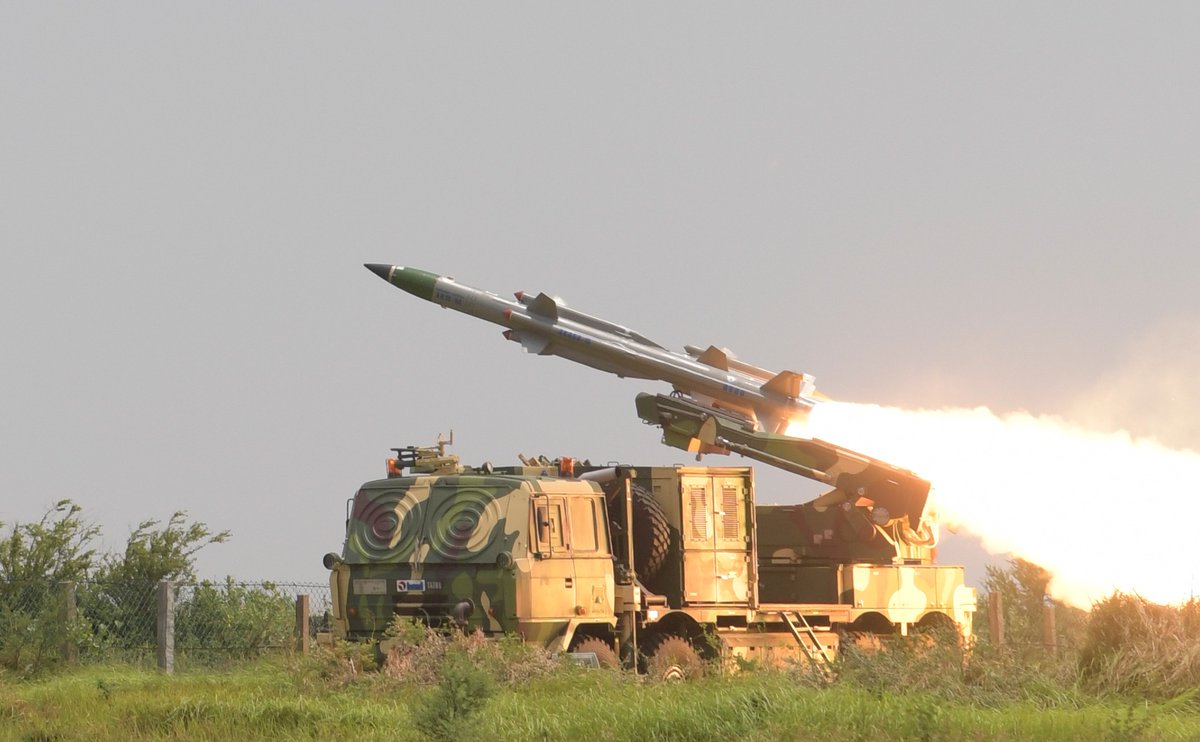
India is set to commence the delivery of its indigenously developed Akash 1S air defence missile system to Armenia later this year. This marks a significant milestone for the country’s defence exports, as Armenia becomes the first international customer for the advanced missile system.
Manufactured by Bharat Dynamics Limited (BDL), the Akash 1S is an upgraded version of the existing Akash missile, featuring an indigenous seeker that enhances its target acquisition and interception capabilities.
The system employs a combination of command guidance and active terminal seeker guidance, providing a robust defence against aerial threats such as fighter jets, cruise missiles, and drones.
Continue readingSOURCE: RAUNAK KUNDE / NEWS BEAT / IDRW.ORG
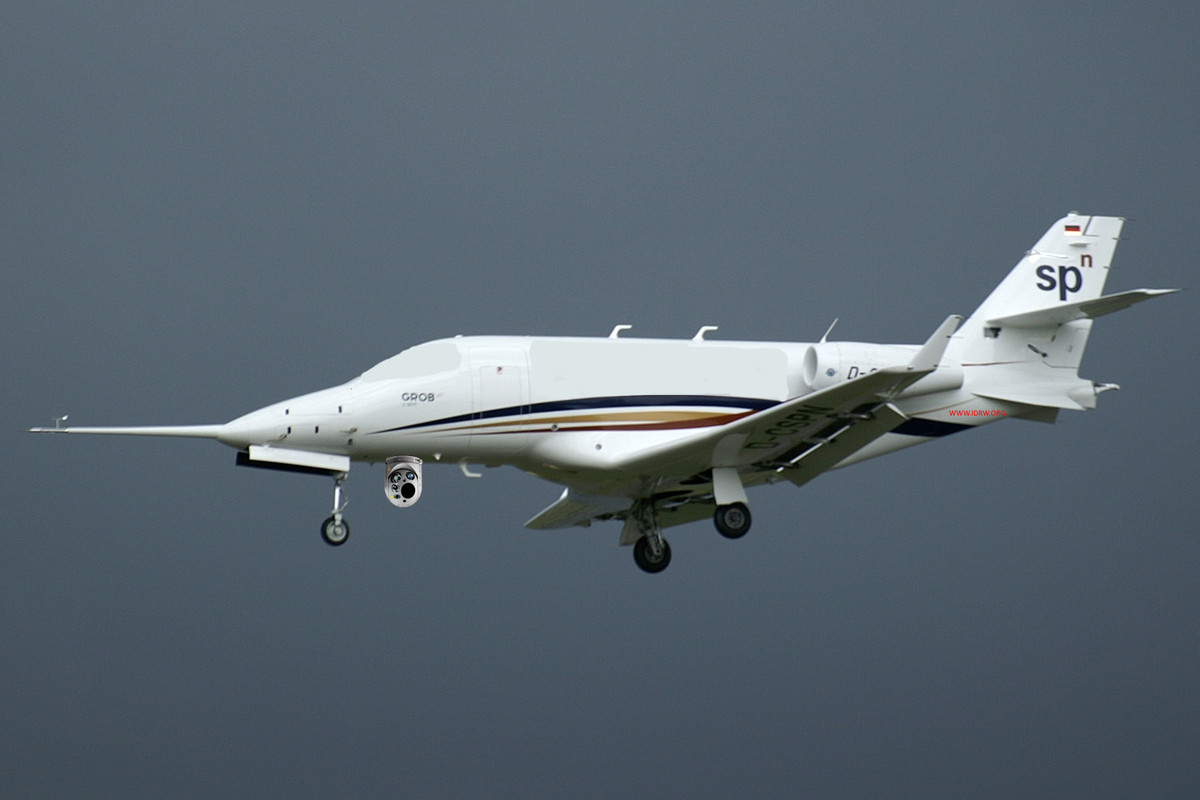
Tata Advanced Systems Limited (TASL) is set to make a significant stride in India’s defence manufacturing sector with the planned rollout of its first Grob G 180 aircraft by 2026. This twin-engine, high-altitude aircraft will be customized to serve as an Electronic Intelligence (ELINT) platform, a critical asset for modern militaries.
In a strategic move, the Tata Group acquired the intellectual property rights in 2021 for the German-origin Grob G 180 SPn, a platform that never reached full-scale production. TASL plans to leverage this foundation to develop and manufacture an indigenous military aircraft tailored to Indian requirements.
Continue readingSOURCE: RAUNAK KUNDE / NEWS BEAT / IDRW.ORG

After rigorous internal trials spanning nearly three years, the Indian Army is poised to place a substantial order for the indigenously developed Wheeled Armoured Platform (WhAP) 8×8. Reports suggest the order could be in the hundreds.
Developed jointly by DRDO and Tata Advanced Systems, the WhAP 8×8 is a versatile platform with amphibious capabilities, making it suitable for a wide range of operational scenarios. The Army has already inducted a smaller batch of Infantry Protected Mobility Vehicles (IPMVs), a stripped-down version of the WhAP without amphibious features. However, the platform’s full potential has been extensively evaluated through testing of a dedicated WhAP 8×8 prototype.
Continue readingSOURCE: RAUNAK KUNDE / NEWS BEAT / IDRW.ORG
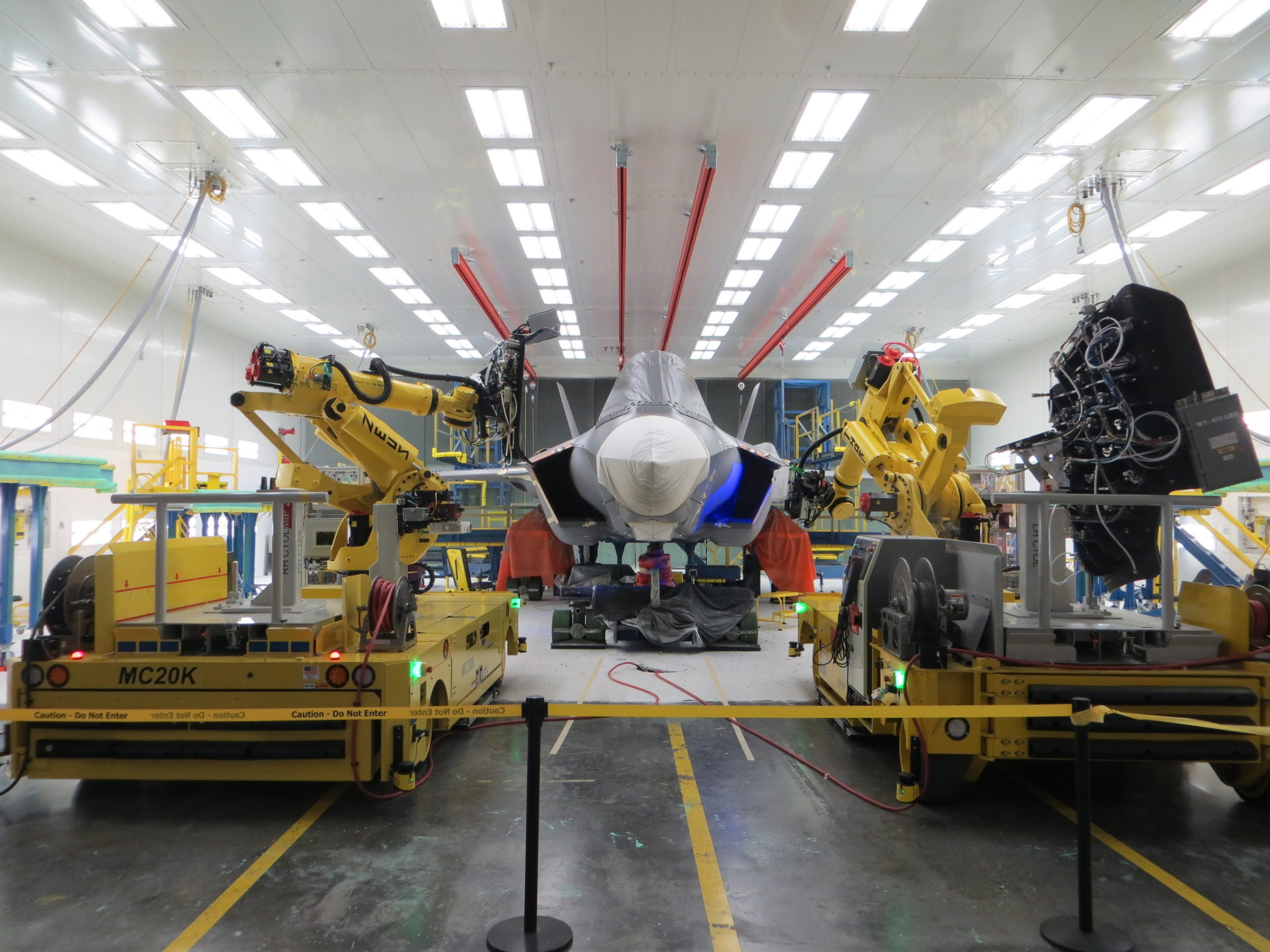
Hindustan Aeronautics Limited (HAL) is gearing up to significantly enhance its manufacturing capabilities through substantial investments in automation technology. This strategic move is aimed at reducing the acquisition cost of future fighter jets, particularly the upcoming Advanced Medium Combat Aircraft (AMCA).
The Indian Ministry of Defence is concurrently engaged in discussions with a private sector company to integrate it into the final assembly line of the AMCA, scheduled to commence production in 2033-34. This collaboration marks a significant step towards leveraging private sector expertise in the aerospace domain.
Continue readingSOURCE: RAUNAK KUNDE / NEWS BEAT / IDRW.ORG

Ashish Rajvanshi, CEO of Adani Defence & Aerospace, has announced the company’s intention to participate in an upcoming tender issued by the Indian defence forces. The tender seeks to acquire 97 ‘Made-in-India’ drones for surveillance operations along the borders with China and Pakistan. Adani Defence will offer the Hermes-900 drone, also known as the Drishti-10 Male drone, for this significant procurement.
The Drishti-10 Male drone has already proven its capabilities, with the Indian Army and Indian Navy each acquiring two units for benchmarking and further testing. These drones are expected to play a crucial role in enhancing surveillance and intelligence-gathering capabilities in strategically sensitive regions.
Continue readingSOURCE: RAUNAK KUNDE / NEWS BEAT / IDRW.ORG

The Indian Navy is poised for significant expansion with the anticipated clearance from the Ministry of Defence (MoD) for the development of a second aircraft carrier. This new vessel, modelled after the indigenously built INS Vikrant (displacement over 44,000 tons), will bolster the Navy’s capabilities in safeguarding India’s maritime interests.
However, the Navy’s ambitions extend beyond the second carrier. Discussions are ongoing regarding the development of a third, even larger carrier, boasting a displacement exceeding 65,000 tons. This potential addition to the fleet underscores India’s strategic vision for a robust naval presence in the region.
Continue readingSOURCE: RAUNAK KUNDE / NEWS BEAT / IDRW.ORG
)
India’s indigenously developed Zorawar Light Tank is gearing up for a series of stringent trials to assess its capabilities in diverse terrains and combat scenarios. The tank, currently housed at L&T’s Hazira facility, will initially be transported to the Combat Vehicles Research & Development Establishment (CVRDE) in Avadi for comprehensive testing of its primary 105mm gun.
Subsequently, the Zorawar will be moved to Chandigarh for onward transportation to the Mahe Field Firing Range (MFFR) at Nyoma, strategically located near the India-China Line of Actual Control. This location will serve as the proving ground for the tank’s performance in high-altitude, challenging conditions during the upcoming winter trials.
Continue readingSOURCE: RAUNAK KUNDE / NEWS BEAT / IDRW.ORG
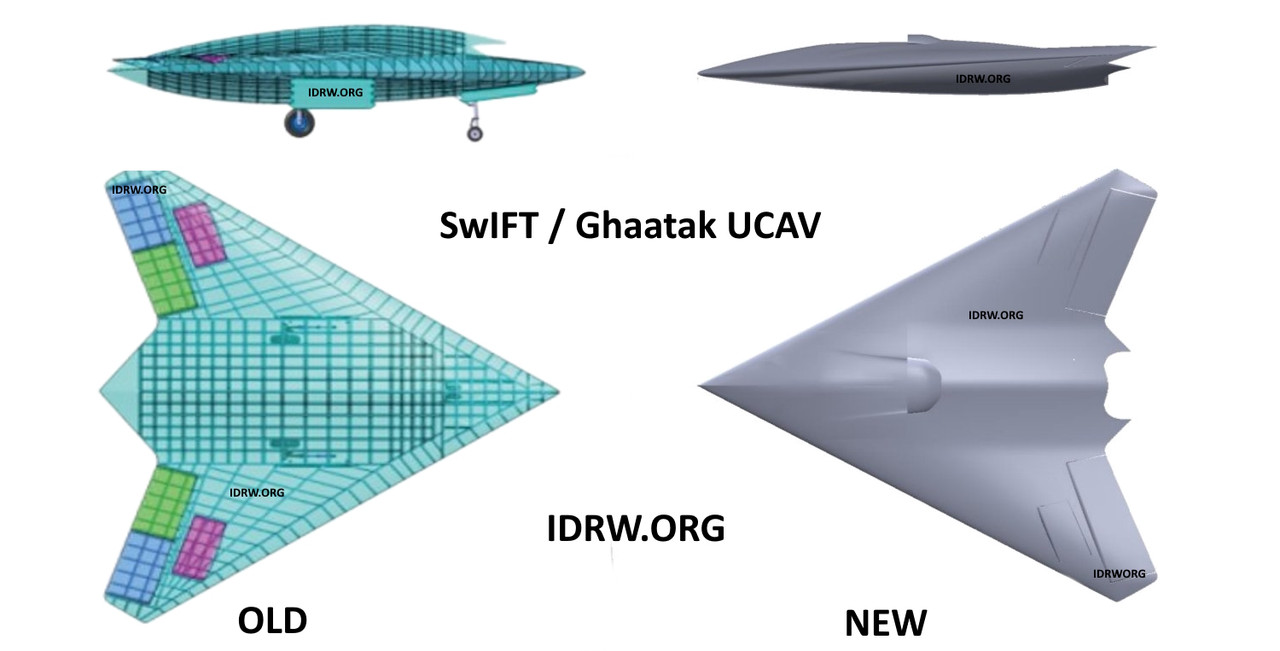
DRDO’s Stealth Wing Flying Testbed (SWiFT) is undergoing a significant redesign as India pushes the boundaries of unmanned aerial vehicle (UAV) technology. The latest iteration of the SWiFT, a crucial stepping stone to the larger Ghatak UCAV, features a dramatic departure from its predecessor. The most noticeable changes are in the aircraft’s rear exhaust and air intake systems.
The latest iteration of SWiFT showcases dramatic changes in its aerodynamic profile. The most prominent alterations are in the exhaust and inlet designs. The earlier rounded and hooded rear exhaust has been replaced with a radical new design, expected to enhance stealth characteristics. Similarly, the tridiagonal engine inlet has been transformed into a U-shaped intake, repositioned towards the middle of the fuselage.
Continue readingSOURCE: RAUNAK KUNDE / NEWS BEAT / IDRW.ORG
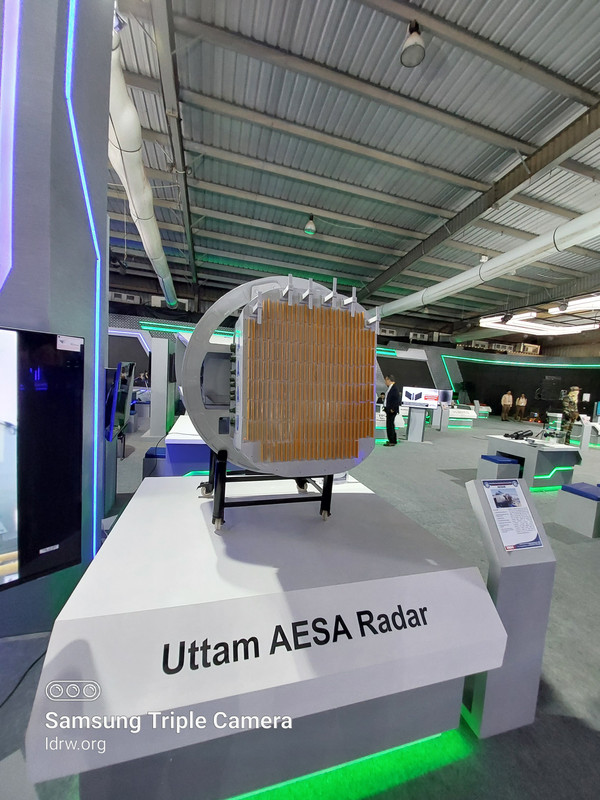
The Indian Defence Research and Development Organisation (DRDO) has initiated a critical process to identify a production partner for the next-generation Virupaksha radar. This cutting-edge system is set to revolutionize the capabilities of India’s Sukhoi-30MKI fighter jets, replacing the currently used Russian-made NIIP N011M Bars (Panther) radar.
The Virupaksha radar represents a significant leap in indigenous defence technology. It builds upon the success of the Uttam Mk2 AESA Fire Control Radar (FCR) developed for the Tejas MkII program. This upscaled variant boasts a larger AESA antenna with an increased number of transmit-receive modules (T/R Modules) – estimated to be between 1200 and 1400, compared to the Uttam Mk2’s 900+. This translates to enhanced capabilities in simultaneously searching, detecting, tracking, and engaging multiple air and surface targets.
Continue readingSOURCE: RAUNAK KUNDE / NEWS BEAT / IDRW.ORG

The Indian Navy is on the cusp of a technological leap with its ambitious plans to integrate uncrewed underwater vehicles (UUVs) into its submarine fleet. These autonomous underwater drones, capable of launching from and recovering via torpedo tubes, will significantly enhance the Navy’s underwater capabilities.
In a parallel development, the Defence Research and Development Organisation (DRDO) has embarked on an equally groundbreaking project – the development of an underwater-launched unmanned aerial vehicle (ULUAV). This novel concept, in collaboration with a Pune-based defence startup, aims to create a drone that can be deployed from a submarine to conduct aerial missions.
Continue reading